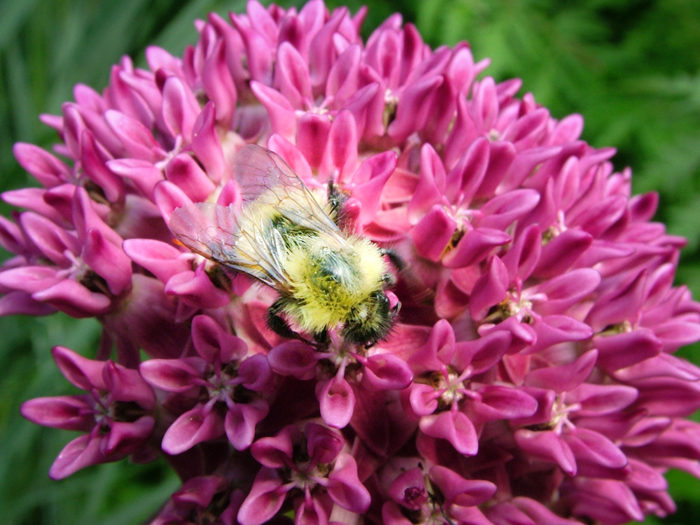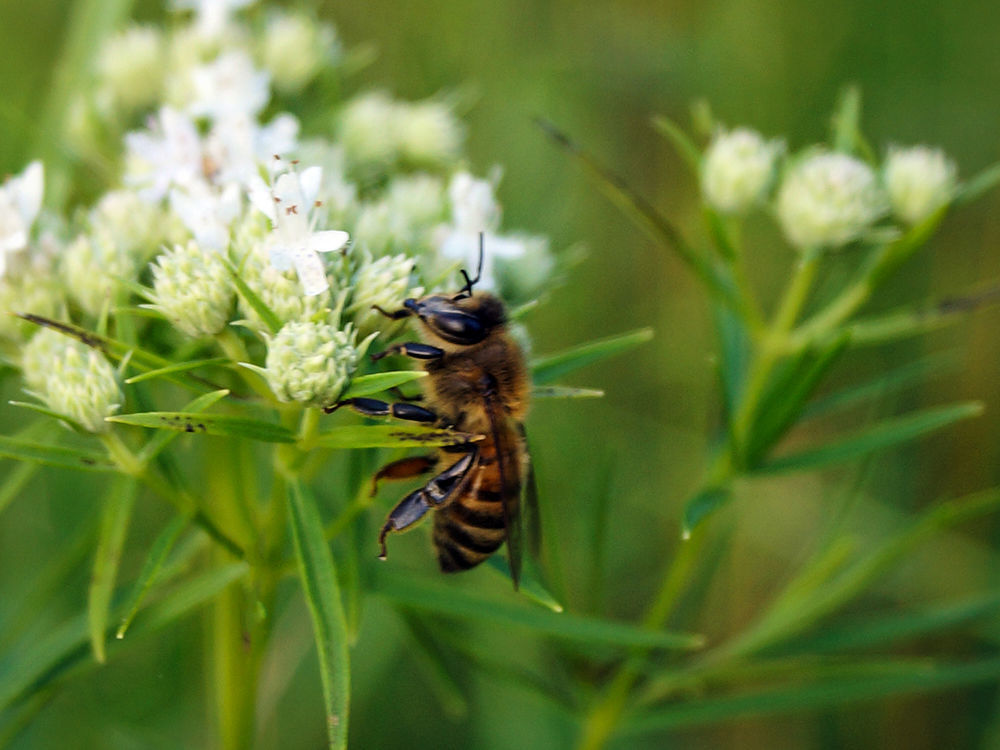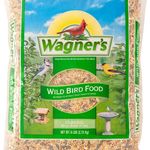
As gardeners, we already know that insects play a vital role in our environment. Granted, some of them do cause damage, but even then, some chewed leaves are a small price to pay when we consider the bigger picture. If we want butterflies, for instance, then we accept that we’ll have caterpillars feeding on our plants too. We also know that accepting some pest insects provides a steady food supply for the “good guys” who help to keep the plant-eaters in check.
The latest buzz in the gardening world is the issue of protecting the insects that pollinate the plants we depend on for food. “Pollinators are necessary for three-quarters of our major food crops, but worldwide, pollinator populations are shrinking,” points out Connie Schmotzer, horticulture educator for Penn State Cooperative Extension (York County) and head of Pennsylvania’s Master Gardener pollinator garden certification program. “The good news is that we gardeners can help by planting an abundance of native plants rich in pollen and nectar in our yards.” Having a good reason to add even more plants to our gardens is something we can all get behind!

We’ve heard about the decline in honeybee populations, but the threats to native bees, which are also vitally important pollinators, tend to get far less attention. One thing you may have seen for sale recently are “bee hotels”—open-sided boxes filled with reeds, drilled blocks, and other materials meant to provide nesting sites for various kinds of native bees. Be aware, though, that some are constructed more for looks than for appropriate habitat, and that even correctly made bee hotels require careful siting and regular maintenance to provide a suitable and safe nesting place for native bee species. Before adding a bee hotel to your garden, check out Get to Know Wild Bee Hotels from New York-based The Honeybee Conservancy. You may decide to try bee-friendly techniques instead (or as well), such as changing your mulching habits and creating brush piles. You can learn more about these and other steps from the Xerces Society at Bring Back the Pollinators: 5 Ways to Increase Nesting Habitat for Native Bees.

Whatever steps you take to be part of the pollinator-protector community, consider sharing the word about your commitment. There are both local and national programs that aim to raise awareness about pollinator-friendly gardening and keep track of what folks are doing to help. For some, such as the National Pollinator Garden Network’s Million Pollinator Garden Challenge and the Xerces Society’s Bring Back the Pollinators Campaign, it’s as simple as being informed about pollinator-related issues and signing an online pledge. Prepared to make a more in-depth commitment? If you live in Pennsylvania, consider getting your garden certified through the Penn State Master Gardeners’ Pollinator-Friendly Garden Program.

Once you register or certify with a pollinator-partner program, think about getting a sign to display in your garden. It’s a great way to spark conversation with visitors and neighbors who may not know how important these tiny creatures are to the well-being of us all.
—Nancy J. Ondra is the author of over fifteen books, including Grasses, The Perennial Care Manual, and The Perennial Matchmaker.
Fine Gardening Recommended Products

Wagner's 52003 Classic Blend Wild Bird Food, 6-Pound Bag
Fine Gardening receives a commission for items purchased through links on this site, including Amazon Associates and other affiliate advertising programs.

isYoung Birdlook® Smart Bird Feeder with Camera
Fine Gardening receives a commission for items purchased through links on this site, including Amazon Associates and other affiliate advertising programs.

The Nature of Oaks: The Rich Ecology of Our Most Essential Native Trees
Fine Gardening receives a commission for items purchased through links on this site, including Amazon Associates and other affiliate advertising programs.



















Comments
Log in or create an account to post a comment.
Sign up Log in